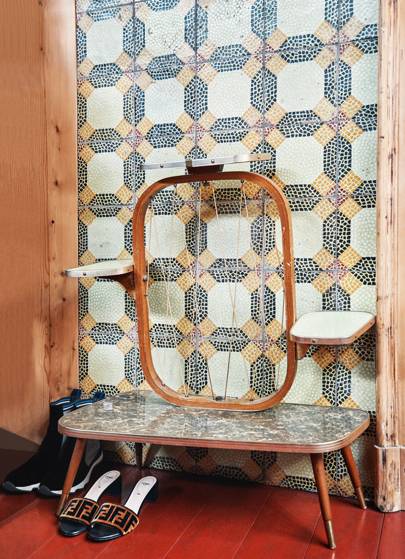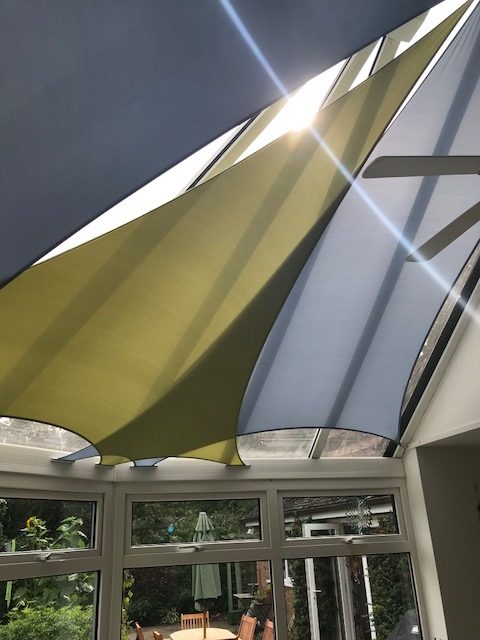“The Eye Comes First”: Inside Delfina Delettrez’s Rome House
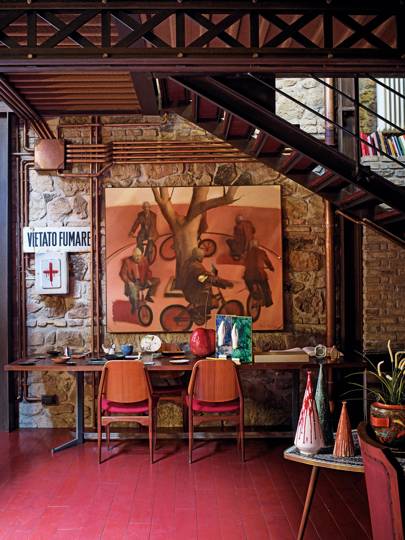
In the trendy Testaccio neighbour-hood of Rome, nestled between a mechanic’s garage and an immigration lawyer’s office, is an unassuming passageway that leads to the home of jewellery designer Delfina Delettrez. Once an abandoned brick factory, this dimly lit bunker brimming with curiosities is completely secluded from the world; in fact, it is so cloistered, so littered with treasures, it resembles a sort of modern-day pharaoh’s tomb.
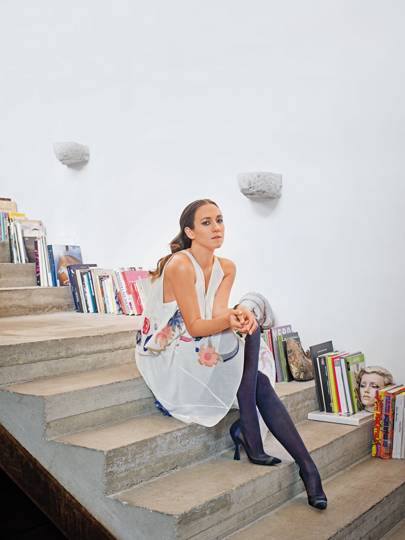
“It feels like being in a cave,” says Delettrez of the space, which she found by chance and bought with typical impatient decisiveness when she was aged just 20. It took five years and the structural help of her family’s architect, Massimo Nicotera, to transform it from an open courtyard into an intensely personal retreat.
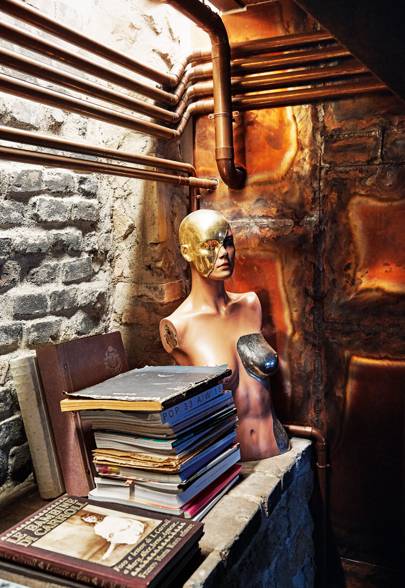
She’s now 30, and in the intervening years has piled the space high with volumes on Man Ray or different species of beetle, bookended with 1970s mannequins half-cast in silver, or fossilised mammoth’s teeth. Even the occasional recesses in the original brick walls are filled with trinkets: little animal skulls or shining metal spiders. “It reassures me to be surrounded by my objects, by my taste. The things I collect give me confidence,” she says.
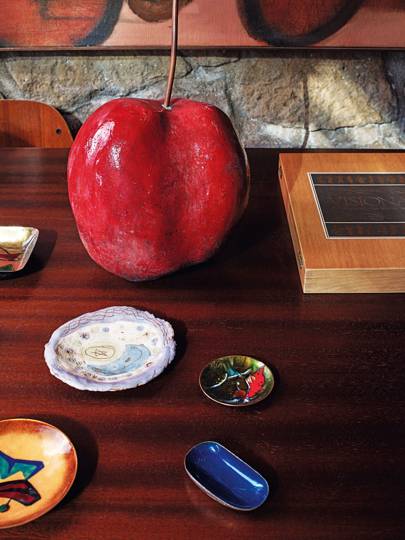
In parallel to her interiors taste, Delettrez’s wardrobe has a decidedly gothic bent. While she wears her family’s label, Fendi, with a stylish ease, she went through a period in her twenties when she dressed in customised nuns’ habits sourced from dedicated ecclesiastical stores. Similarly, the jewellery she designs, and wears plentifully, is beautiful but incorporates macabre inspirations.
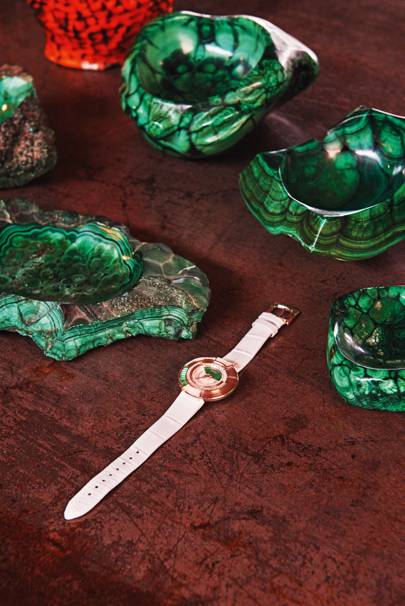
She is certainly one of the more rebellious members of the Fendi dynasty – a family defined by its strong-minded, convention-busting female members. Her great-grandmother Adele founded the house in 1925; her grandmother Anna Fendi is one of the five sisters who propelled it to international renown, and her mother, Silvia Venturini Fendi, is the creative director of its menswear and accessories.
Delfina’s childhood home was an 18th-century villa that was once the countryside residence of a Roman aristocrat, the Princess Barberini. There, it was all white marble and Old Masters. Here, there’s not even a whiff of such spirit. In many ways, her home appears a conscious rejection of the world she grew up in, from its gothic eclecticism to its location in one of Rome’s club-kid hotspots. “It is very real here,” she says, sitting in one of the miniature courtyards that sprout from her house’s labyrinthine interior. “The home where I was raised was very much like its own village: I couldn’t cross the gate, I had a driver, and there was no way to get out on foot because the nearest road was so filled with traffic. Here, I can take my bike to go shopping, to get food, to find flowers. To go to the park with my daughter. I can breathe the real Roma.”

It’s remarkable to think that she first conceived of this space at the age of 20 when, in her own words, she was “far more rebellious… I wanted to feel the dark during the day”. So, although it is now home to her, her 10-year-old daughter, Emma, and her musician partner, Nico Vascellari (with whom she is expecting twins), it was originally designed for parties rather than cosy evenings in. “Here, the eye comes first,” she smiles. “I mean, there isn’t even a proper sofa. It’s not a comfortable home.”
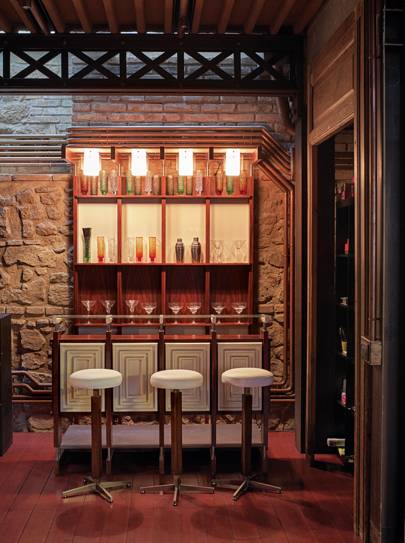
The closest thing to a sitting room is an area around the burnt-copper-clad fireplace delineated by remarkably beautiful ceramic floor tiles, with a few chairs sparingly dotted around. If she and Emma want to watch a film, they roll out a tatami mat and sit on the floor in front of a projector. The kitchen, which has been artfully curated with 1970s plastics and brown mosaic tiles, is another secondary consideration: of cooking, Delfina says, “I’m more into the colour combinations than the taste. For me, family food has always been more about looking good than tasting good. When it’s Sunday, my daughter is like, ‘Oh my God,’ because she knows I’ll be cooking for her.” But while this is not a home designed for movie nights or Sunday roasts, it is certainly fit for its original purpose. “It’s a house made for standing, not sitting,” she says. “And, of course, for dancing.”
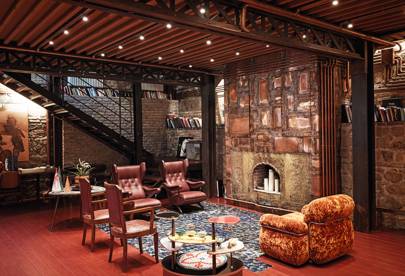
Roll away the vintage football table and push the Scarpa armchair to one side and there’s a space big enough for a band to perform, or for her daughter to host a roller disco. (For one birthday party, Delfina even tossed all the Fendi clutches and vintage sunglasses out of her accessories cabinet to turn it into a diner station filled with burgers and chips.) There are handmade speakers, designed by Nicotera, which hook up to an impressive sound system, and an immaculate art-deco bar, gifted by her aunt Ilaria, who didn’t want her niece to continue using a monasterial sacristy cabinet as a drinks station. “This is where we used to keep secret shots,” grins Delfina, opening a section where you’d ordinarily find communion ephemera.
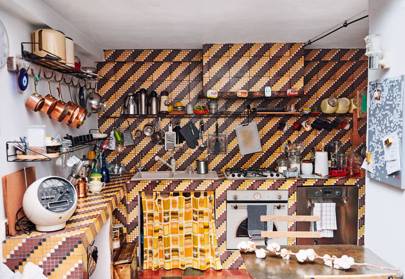
There are no walls here: while it is multi-level, it is entirely open-plan. The closest things to room dividers are the rows and rows of clothes that hang from the ceilings – so, quite literally, nothing is out of bounds. This open sensibility is certainly inherited. Just as she now sleeps surrounded by garment bags bearing her family name, Delfina grew up surrounded by Fendi, sitting on Karl Lagerfeld’s knee and falling asleep on piles of fur in the ateliers where her mother worked. Nothing was off-limits at her childhood home, either. “As a child, everything was accessible to me – there weren’t restrictions for us kids,” she recalls. “We could always stay with the adults, listen to the conversations, say what we were thinking. We could touch everything, pick up any piece of fur and make something from it… and in that sense, everything was very open.”
